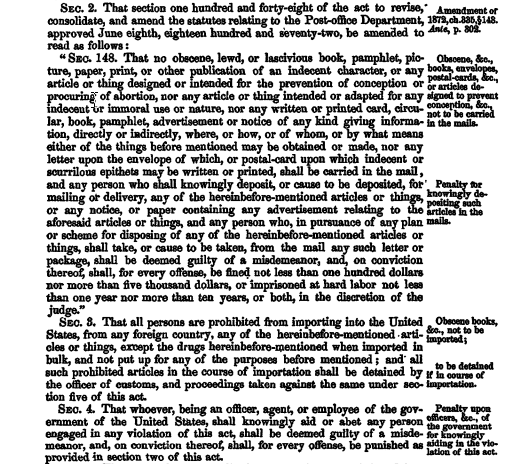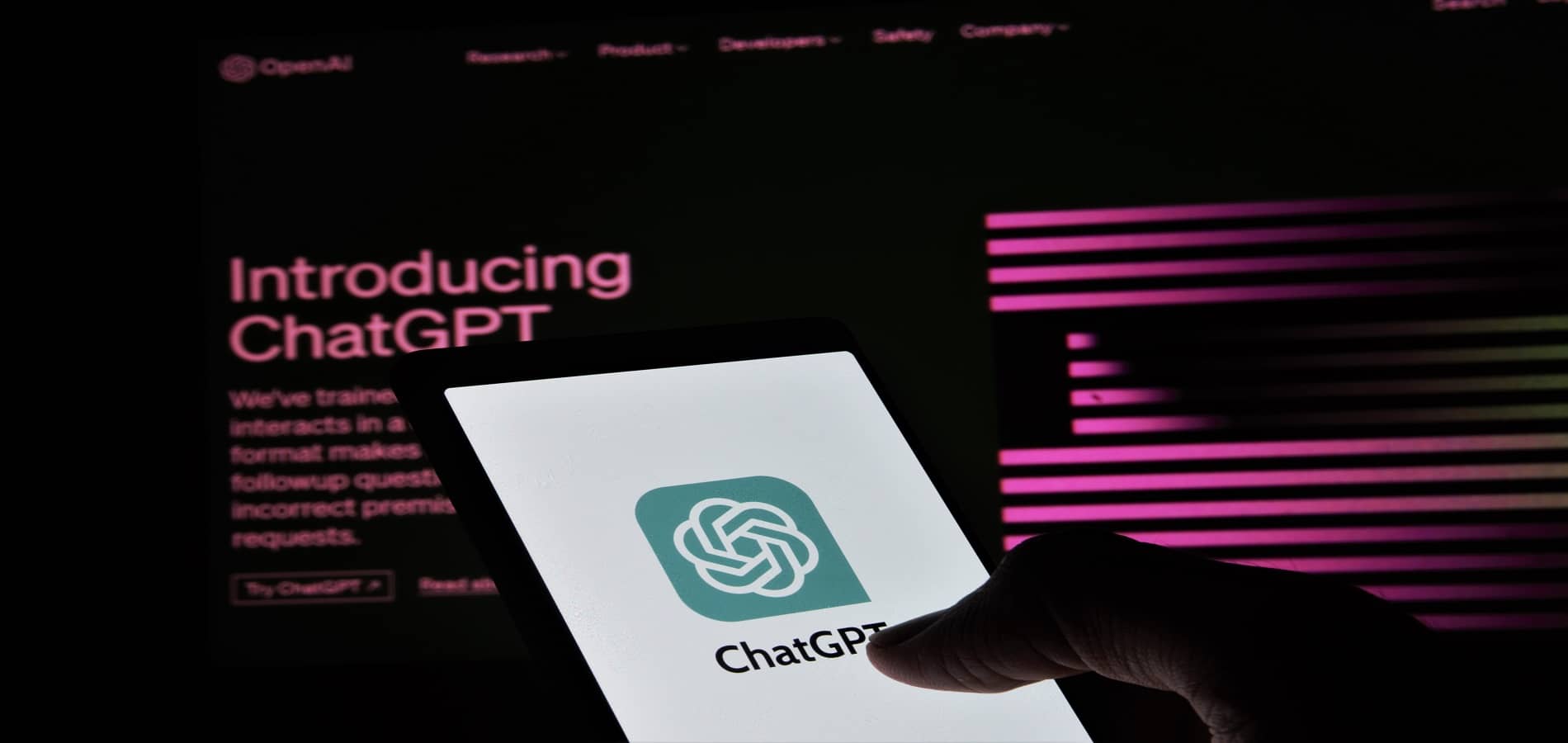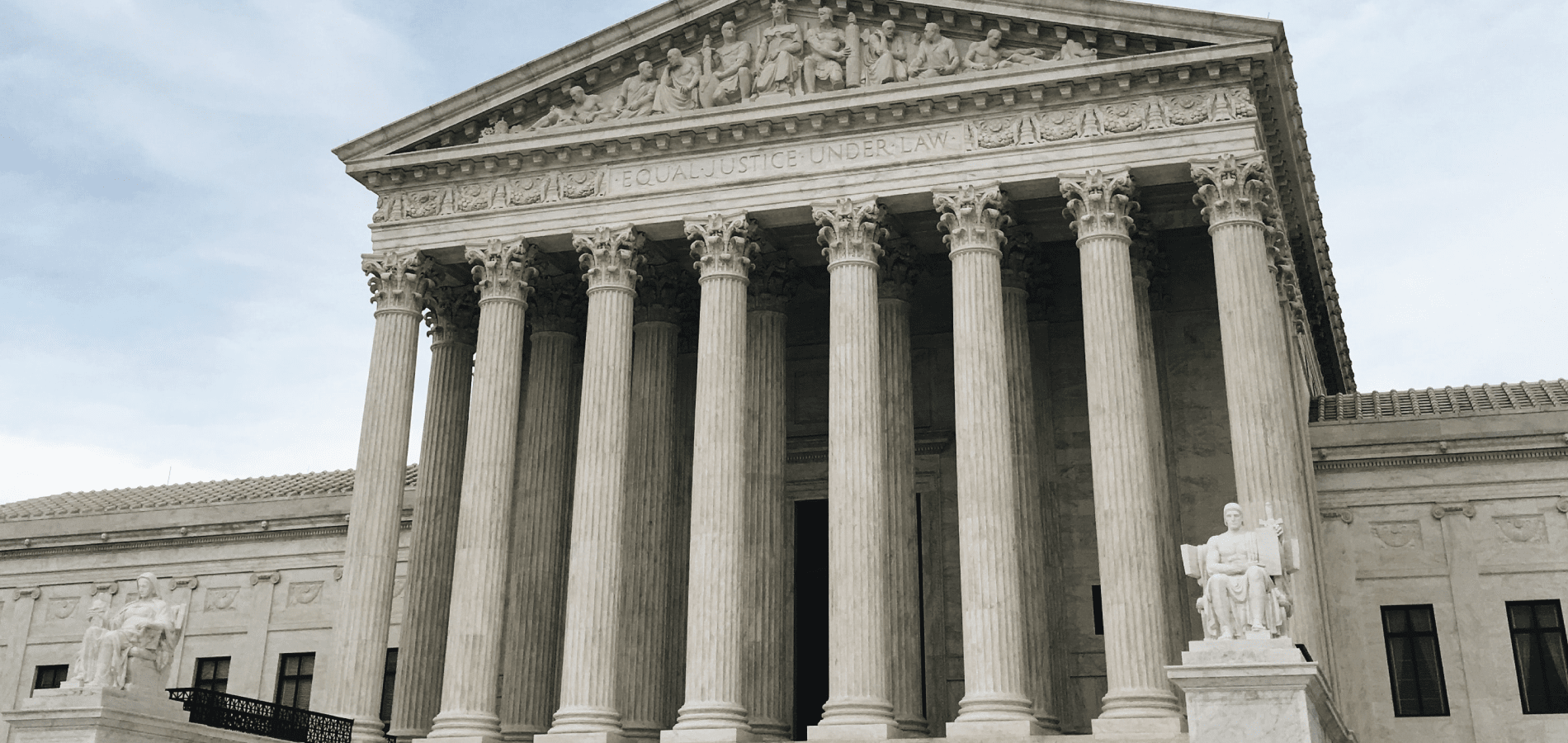Adventures of Huckleberry Finn. The Holy Bible. Of Mice and Men. The Harry Potter series. Seemingly all books that don’t have too much in common. Except, at one time or another, people fought for them to be removed from libraries and school curriculum.
This week marks Banned Books Week, celebrated annually at the end of September to honor our freedom to read and the importance of free access to information, whether or not we personally agree with it. Banned Books Week, the theme of which this year is “Books Unite Us. Censorship Divides Us,” is sponsored by a variety of organizations, including the American Library Association (ALA), American Booksellers Association, and the Freedom to Read Foundation, and is endorsed by the Center for the Book in the Library of Congress. The first Banned Books Week was held in 1982, with a goal to shed light on the dangers of censorship in response to the rising number of challenges to certain books being available to the public in schools, shops, and libraries.
Plot Twist: The Most Commonly Challenged Books
Many of the books that are challenged or banned are generally considered classics in literature. Even The Holy Bible has been challenged before. Some of the most challenged or banned books include well-known and beloved titles such as:
- The Catcher in the Rye by J.D. Salinger
- The Grapes of Wrath by John Steinbeck (In fact, this book was temporarily banned from the Buffalo Public Library system in 1939 because of “vulgar language”)
- To Kill a Mockingbird by Harper Lee
- The Color Purple by Alice Walker
- Of Mice and Men by John Steinbeck
- Slaughterhouse-Five by Kurt Vonnegut
- Adventures of Huckleberry Finn by Mark Twain
- 1984 by George Orwell
- One Flew Over the Cuckoo’s Nest by Ken Kesey
- Lord of the Flies by William Golding
- The Great Gatsby by F. Scott Fitzgerald
- I Know Why the Caged Bird Sings by Maya Angelou
- Brave New World by Aldous Huxley
Why Do Books Get Challenged or Banned?
To challenge a book means to attempt to restrict access to it, most often in a school or library. Banning a book means removing it from shelves. There are several reasons why books are challenged or banned, including:
- Racism
- Violence
- Sexual content
- Encouragement of “dangerous” life choices
- Blasphemy
- Witchcraft
- Unpopular religious views
- “Extreme” or unpopular political views
- Not appropriate for target age group
- Profanity/offensive language
Often, this content is included in books to shed light on history, or to share perspectives from different lifestyles and backgrounds, helping to foster empathy and understanding. However, those who strive to ban these books don’t usually see it that way, and instead view content they disagree with as a dangerous threat to the minds of young readers.
The History of the Banned Book: A True Story
Likely the first banned book in the United States was New English Canaan by Thomas Mortan, published in 1637. The book was highly critical of Puritan culture—and, naturally, the staunchly Puritan society at the time was not too happy about that. The first known book burning in America occurred in 1650, when a pamphlet called The Meritorious Price of Our Redemption by William Pynchon was burned by the Puritan government in Boston, also due to its critical nature of Puritanical Calvinist beliefs. Uncle Tom’s Cabin by Harriet Beecher Stowe is generally recognized as the first widely banned book in the United States. Confederate leaders protested its pro-abolitionist ideas and its potential to inspire debates about slavery and abolition.
During the early 1870s, an anti-vice reformer and postal agent named Anthony Comstock beseeched the federal government to restrict access to what he considered to be “obscene” items. In 1873, Congress passed the Comstock Act, prohibiting the mailing of (vaguely defined) “pornographic” materials. While the law’s main target was birth control and information about contraceptives, ultimately the result was banning the shipment of any literature containing information of a sexual nature, including medical journals.

However, by the 1920s, booksellers began to advocate for consumers’ rights to read whatever they wanted. By the more free-spirited era of the 1960s and ‘70s, censorship began to decline, and in 1967, the American Library Association created the Office for Intellectual Freedom headed by librarian Judith F. Krug. But the conservative ideology of the Reagan era resulted in growing challenges against certain books, mainly by parents who opposed their children having access to literary content that they found harmful or dangerous. In response, Krug co-founded Banned Books Week in 1982, raising awareness of the issue of censorship in schools and libraries.
Banned Books and the Law: Important Cases
Many cases regarding challenged and banned books have made their way to state and federal courts, including the Supreme Court. Some of the most notable cases include:
- Evans v. Selma Union High School District of Fresno County (1924): The court decided that adding a book to a school library doesn’t imply that the school has approved of or adopted any ideology presented in the book.

- The United States v. One Book Called Ulysses (1933): This case resulted in an overturn of the federal ban on James Joyce’s book Ulysses, which had been banned in the United States since 1922. The court determined that depictions of sex could be allowed in meaningful literature.
- Roth v. The United States (1957): Samuel Roth, a writer and bookseller, was accused of mailing pornographic magazines. The conviction was upheld, but the Supreme Court refined their definition of pornographic to mean “utterly without redeeming social importance.”
- Grove Press, Inc. v. Gerstein (1964): Henry Miller’s Tropic of Cancer was banned from being imported to the United States shortly after it was published in 1934. When the novel was finally published in the United States by Grove Press, Inc. in 1961, it received over 60 lawsuits. This court case overruled the determination that the novel was obscene.
- Minarcini v. Strongsville City School District (1976): The court ruled that school boards could remove a book from curriculum but could not remove books from a school library for the sole reasons of disagreeing with the content.
- Island Trees School District v. Pico (1982): In this landmark case, the Supreme Court ruled that school officials couldn’t ban books from libraries based on their content.

Today, librarians of both school and public institutions are not allowed to censor what is on their shelves. The ALA’s Library Bill of Rights states, “A person’s right to use a library should not be denied or abridged because of origin, age, background, or views,” which has been interpreted to mean that no one can be denied access to any library materials. The First Amendment’s protection of freedom of speech includes the right for all people to freely access information.
The Banned Books of Today
Despite these rulings, challenging books is still common practice. Burning books isn’t even unheard of—in 1973, a school in Drake, North Dakota, burned copies of Slaughterhouse-Five by Kurt Vonnegut, Deliverance by James Dickey, and an anthology of short stories including writers such as Joseph Conrad, John Steinbeck, and William Faulkner in protest to their being taught to students.
Each year, the ALA produces a list of the top challenged books; 2020’s list includes:
- George by Alex Gino: For LGBTQ+ and anti-religious content.
- Stamped: Racism, Antiracism, and You by Ibram X. Kendi and Jason Reynolds: For public statements from the author, “selective storytelling,” and neglect to include racism against all people.
- All American Boys by Jason Reynolds and Brendan Kiely: For profanity, drug use, alcoholism, and anti-police content.
- Speak by Laurie Halse Anderson: For political leanings, anti-male bias, discussion of rape, and profanity.
- The Absolutely True Diary of a Part-Time Indian by Sherman Alexie: For profanity, sexual content, and allegations on the author for sexual misconduct (Note: This was the most banned book from 2011-2019 according to the ALA).
- Something Happened in Our Town: A Child’s Story about Racial Injustice by Marianne Celano, Marietta Collins, and Ann Hazzard, illustrated by Jennifer Zivoin: For divisive language and anti-police views.
- To Kill a Mockingbird by Harper Lee: For racial slurs, promotion of the “white savior” complex, and its descriptions of the Black experience from a white perspective.
- Of Mice and Men by John Steinbeck: For racial slurs and racist stereotypes.
- The Bluest Eye by Toni Morrison: For sexual content and child sexual abuse.
- The Hate U Give by Angie Thomas: For profanity and anti-police views.
HeinOnline: Where Valuable Content Is Never Banned
HeinOnline believes in the importance of providing access to valuable informational materials—regardless of whether we agree with the content—to researchers everywhere. Our database is full of legal, historical, and government documents, journals, reports, and more spanning a variety of subjects. And to shed light on the extent of that information, we offer the HeinOnline Blog, where we share news, updates, tips and tricks, history found within the database, and much more. Subscribe today to get posts sent right to your inbox!



